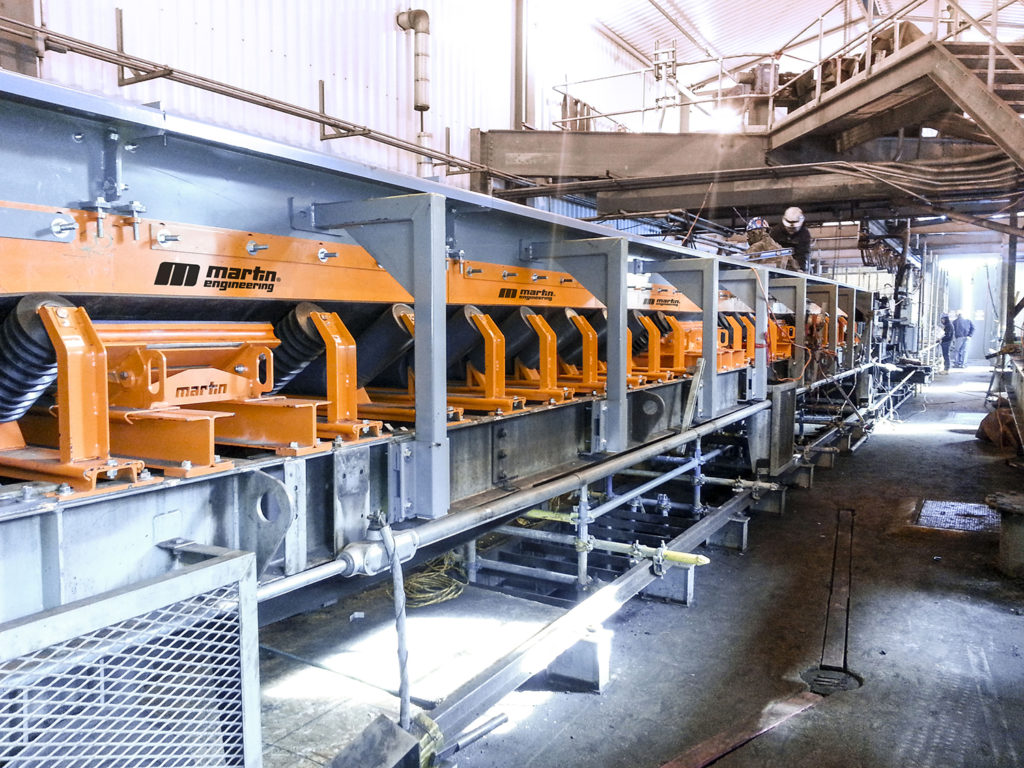The economics of workplace safety: part 2

Yesterday and today, CMJ is taking a look at the cost savings that accrue in a safe workplace. Everyone talks about safety, and now there is a means of quantifying the benefit.
Lacking specific historical data, managers can turn to numerous reliable sources that provide the probability of incidents that can be used to estimate tangible and intangible future costs.

The financial technique used to compare options is called a net present value (NPV) analysis. NPV compares different investment options with varying costs and savings (cash flows) over time, discounting them by the company’s cost of money. For example, an internal risk analysis shows a facility has 30 workers exposed to conveyor hazards. The estimated probability of the different classes of accidents (fatal, lost time and first aid) is multiplied by the cost of these accidents to reveal what could be invested to reduce the incident rate by half.

